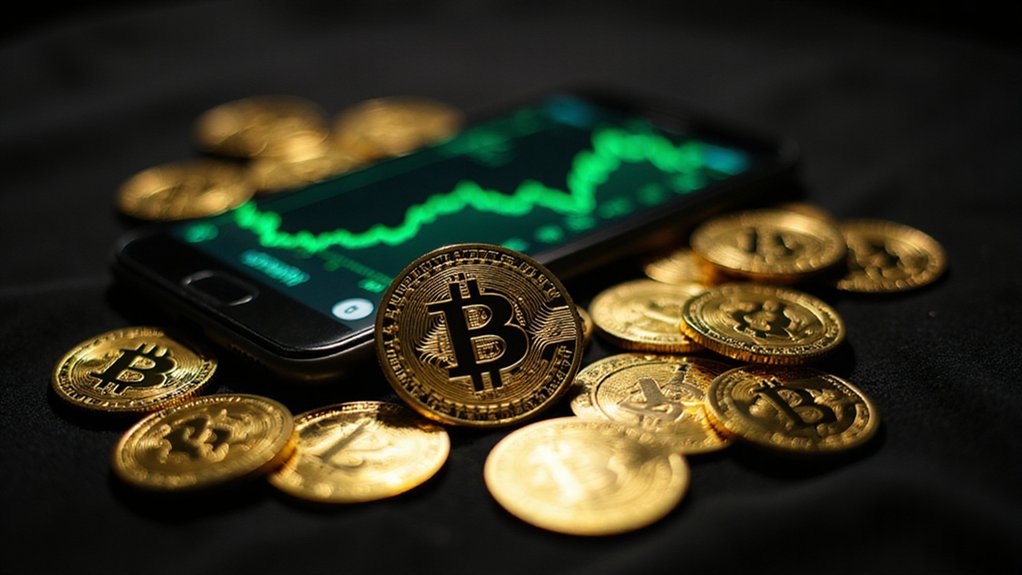A token burn of biblical proportions has sent OKB rocketing skyward, with the exchange token soaring as much as 200% after parent company OKX incinerated approximately 65.26 million tokens worth roughly $7.6 billion—a deflationary spectacle that slashed the circulating supply in half overnight.
The mathematics are elegantly brutal: OKB’s supply contracted from 42 million to 21 million tokens, mimicking Bitcoin’s capped supply model with surgical precision. Peak prices hit $142 from pre-burn levels around $46, while trading volumes exploded by over 13,000% to $700 million daily—a frenzy that pushed the token turnover ratio from 0.03 to 0.093 as speculators descended like vultures at a feast.
Yet dismissing this surge as pure supply-demand theatrics misses the broader strategic choreography. OKX synchronized the burn with substantial technical upgrades to their “X Layer” blockchain, a Polygon-powered zkEVM that now processes 5,000 transactions per second while slashing gas fees. The timing suggests calculated ecosystem positioning rather than mere tokenomic gimmickry.
The synchronized burn and technical upgrades reveal calculated ecosystem positioning rather than mere tokenomic theater.
The “PP upgrade” integrating Polygon CDK represents more than infrastructure improvements—it signals OKX’s evolution from exchange operator to blockchain ecosystem architect. The company plans migrating all functionality from older OKT tokens to the enhanced X Layer, targeting DeFi applications, payments, and real-world asset integration.
Market participants are parsing whether this represents sustainable value creation or elaborate financial engineering. The supply shock certainly worked its magic initially, but long-term price sustainability hinges on ecosystem adoption rather than scarcity theater. Unlike traditional Proof of Work mechanisms that secure networks through computational resources, OKB’s value proposition relies entirely on utility adoption and exchange ecosystem growth. Analysts note the familiar playbook: create urgency through supply destruction, then hope utility follows.
OKX’s broader ambitions—including potential U.S. market entry and IPO discussions—add institutional intrigue to the narrative. The burn positions OKB as both exchange token and blockchain utility asset, though whether this dual identity creates lasting value or confusion remains unclear.
The post-burn retrenchment from peak levels suggests initial euphoria is cooling, leaving investors to evaluate whether X Layer’s technical capabilities can justify the new valuation baseline. For now, the market appears content betting on scarcity economics while ecosystem utility catches up—a familiar crypto gambit with decidedly mixed historical results.









